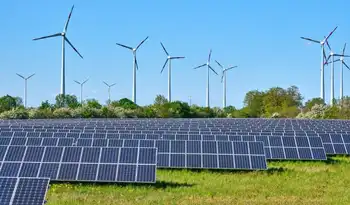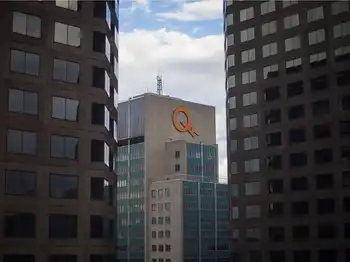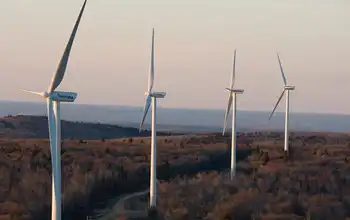Utility shut-offs blocked by state
OHIO - Natural gas and electric utilities regulated by the state will not be able to disconnect service for the next 90 days for customers who are at or below 175 percent of federal poverty guidelines.
In a recent meeting, the Public Utilities Commission of Ohio approved what amounts to a limited moratorium on shut-offs for nonpayment of bills, as long as the customer meets income guidelines and enters into some type of payment plan with the utility or enrolls in the Percentage of Payment Plan (PIPP) or other commission-approved plan.
The commission was responding to a call from Gov. Ted Strickland, who asked for a moratorium on utility shut-offs during extreme cold weather. In comments before the vote, PUCO Chairman Alan Schriber said the income limits were "intended to protect customers who are clearly the most vulnerable." Schriber said the commission staff also will evaluate whether to raise eligibility to 200 percent of federal poverty guidelines, and the board will continue to monitor the program.
The commission stressed that its moratorium was not a free pass for customers not to pay their bill, and commissioners encouraged customers to continue to pay as much of their bill as possible. Later in the day, Schriber acknowledged that the moratorium would not help customers who might be struggling to pay their bills but don't meet the income eligibility requirements.
"I think the objective is to ultimately raise that threshold to 200 (percent of the federal poverty guideline), but that doesn't capture everybody. Generally, utilities are unlikely to disconnect people for nonpayment if there's a good reason and particularly if a person is willing to enter into a payment program," Schriber said.
The governor is pleased with the commission's order, spokesman Keith Dailey said.
"His concern, which prompted him to request a moratorium, is for those Ohioans who are struggling economically to ensure they have the protections in place to prevent harm through these cold winter months," Dailey said. Dailey said the governor believed the PUCO had the responsibility and authority to establish the eligibility requirements and he did not want to be too "prescriptive" in his request. The 175 percent income level is a good starting point and is better than 150 percent, said Ohio Consumers' Counsel Janine Migden-Ostrander.
Her agency estimates that an extra 260,000 customers will be included in the moratorium by raising it to 175 percent instead of 150 percent. Migden-Ostrander, who is the state's residential utility advocate, said she'd like to see the eligibility raised to 200 percent and perhaps 300 percent to catch "anybody who really has a definite need for help."
Making a phone call to the utility to discuss payment problems is vital, said utility officials, Schriber and Migden-Ostrander. Avoiding the utility or bill collectors will just make the situation worse, Migden-Ostrander said. "If you work with them, you're more likely to get a sympathetic ear than when they're about to disconnect you," she said.
In a news release, First-Energy Corp. President and Chief Executive Anthony Alexander said - "We share Gov. Strickland's concern for low-income, at-risk customers who may lose electric service during the winter. We are committed to working with the governor, his administration and the PUCO on a long-term solution to ensure that these customers have the support they need to maintain electric service during the winter months."
Disconnections in state FirstEnergy and gas company Dominion said they had not seen a marked increase in disconnections or the number of people calling in to say they were having problems paying bills.
Dominion officials said that while the number of disconnections for the year are up, the number for the winter has not changed. Disconnections can be prompted by a variety of reasons and are not limited to nonpayment. According to figures from the PUCO, the number of disconnections in Ohio is up 17 percent from last year.
From January through October 2006, there were 339,230, while during that same period this year, there were 396,861. Those figures do not include the winter months.
Related News

European responses to Covid-19 accelerate electricity system transition by a decade - Wartsila
LONDON - Coal based power generation has fallen by over a quarter (25.5%) across the European Union (EU) and United Kingdom (UK) in the first three months of 2020, compared to 2019, as a result of the response to Covid-19, with renewable energy reaching a 43% share, according to new analysis by the technology group Wärtsilä.
The impact is even more stark in the last month, with coal generation collapsing by almost one third (29%) between March 10 and April 10 compared to the same period in 2019, making up only 12% of total EU and UK generation. By contrast, renewables…




